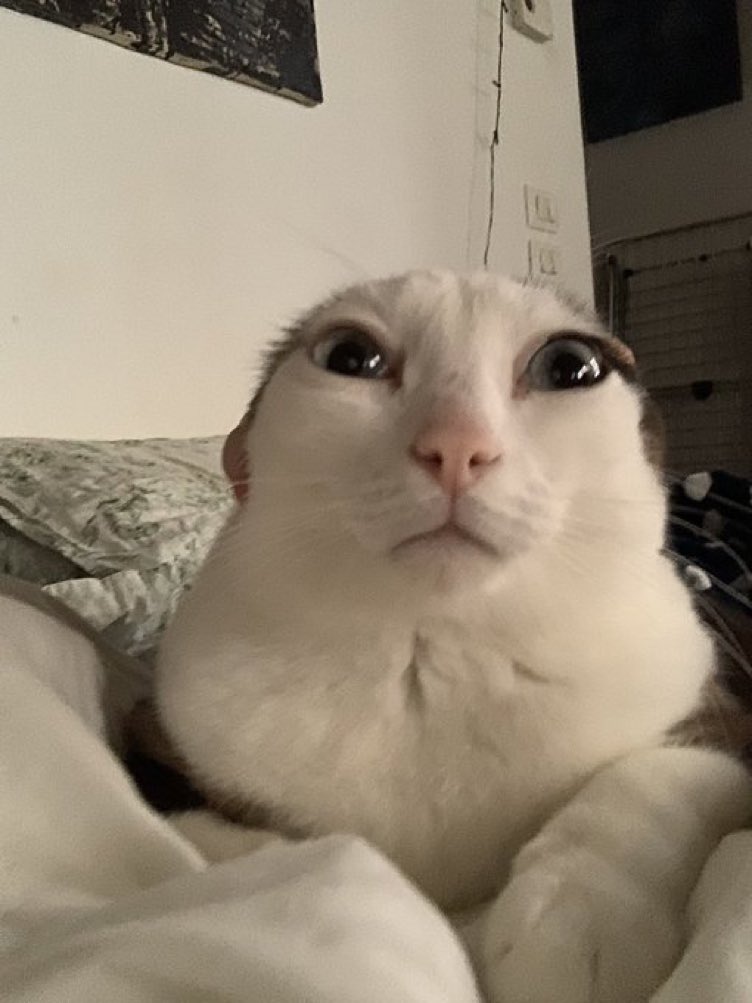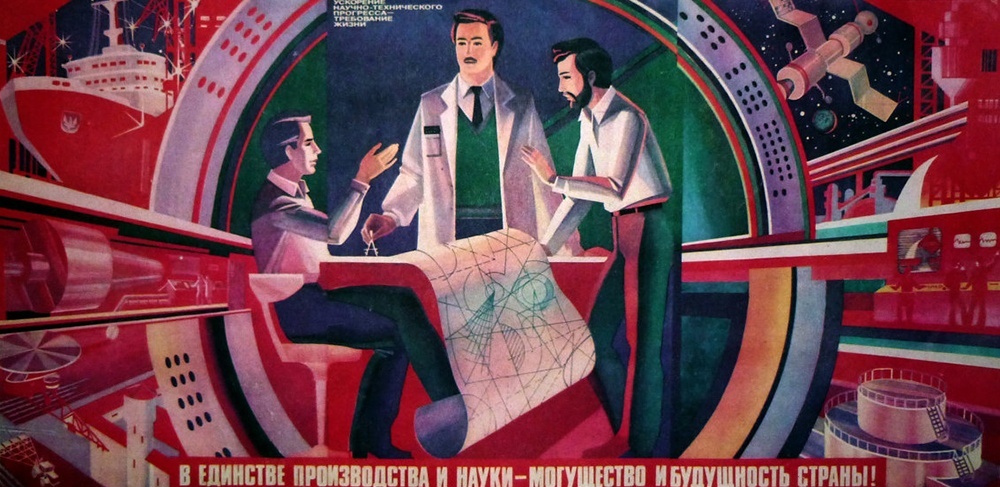Sputnik 1 was the first artificial Earth satellite. It was launched into an elliptical low Earth orbit by the USSR on 4 October 1957 as part of the Soviet space program. It orbited for three weeks before its batteries died and then orbited silently for two months before it fell back into the atmosphere on 4 January 1958.
It was a polished metal sphere 58 cm (23 in) in diameter with four external radio antennas to broadcast radio pulses. Its radio signal was easily detectable by radio amateurs, and the 65° orbital inclination and duration of its orbit made its flight path cover virtually the entire inhabited Earth.
The satellite's unanticipated success precipitated the American Sputnik crisis and triggered the Space Race, part of the Cold War. The launch was the beginning of a new era of political, military, technological and scientific developments. The word "sputnik" is Russian for satellite when interpreted in an astronomical context; its other meanings are spouse or traveling companion.
Tracking and studying Sputnik 1 from Earth provided scientists with valuable information. The density of the upper atmosphere could be deduced from its drag on the orbit, and the propagation of its radio signals gave data about the ionosphere.
Sputnik 1 was launched during the International Geophysical Year from Site No.1/5, at the 5th Tyuratam range, in Kazakh SSR (now known as the Baikonur Cosmodrome). The satellite travelled at a peak speed of about 8 km/s (18,000 mph), taking 96.20 minutes to complete each orbit. It transmitted on 20.005 and 40.002 MHz, which were monitored by radio operators throughout the world. The signals continued for 21 days until the transmitter batteries ran out on 26 October 1957. Sputnik 1 burned up on 4 January 1958 while reentering Earth's atmosphere, after three months, 1,440 completed orbits of the Earth, and a distance travelled of about 7.0×107 km (4.3×107 mi).
Comprehensive list of resources for those in need of an abortion :feminism:
Resources for Palestine :palestine-heart:
Here are some resourses on Prison Abolition :brick-police:
Foundations of Leninism :USSR:
:lenin-shining: :unity: :kropotkin-shining:
Anarchism and Other Essays :ancom:
Remember, sort by new you :LIB:
Follow the Hexbear twitter account :comrade-birdie:
THEORY; it’s good for what ails you (all kinds of tendencies inside!) :RIchard-D-Wolff:
COMMUNITY CALENDAR - AN EXPERIMENT IN PROMOTING USER ORGANIZING EFFORTS :af:
Come listen to music with your fellow Hexbears in Cy.tube :og-hex-bear:
Queer stuff? Come talk in the Queer version of the megathread ! :sicko-queer:
Monthly Neurodiverse Megathread and Monthly ND Venting Thread :Care-Comrade:
Join the fresh and beautiful batch of new comms:
!labour@hexbear.net :iww:
!emoji@hexbear.net :meow-anarchist: :meow-tankie:
!libre@hexbear.net :libretion:
So a couple of winners for last friday's one. Everyone :rat-salute: comrades @SteamedHamberder, @XiJinpingOfficial, @femboi, and @LeninWeave for getting the answer.
Previous answer
18 x 4.5 = 81
More reasoning with out equations
The product of four consecutive integers is 3,024. What are the integers?
- None of the four integers is 10. (Or the product would end in 0.)
- At least one integer is less than 10. (Or the product would have at least five digits.)
- Then all four integers are less than 10.
- none of the four integers is 5. (Or the product would end in 5 or 0.)
Complete the solution.
Like usual good luck :soviet-heart: and remember to dm @Wmill the answer.
"Beep... beep... beep... beep..."
- Sputnik I
I have been listening to Bury the Light on repeat for hours, why is it so good :stalin-stressed:


Sorry, but I just need to comment to get my score up
deleted by creator